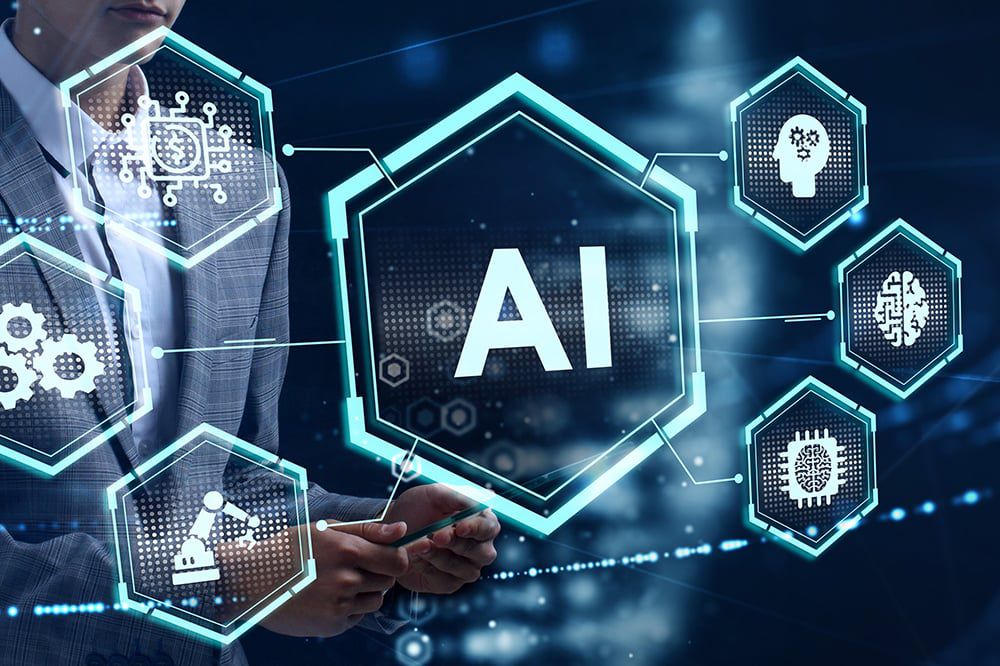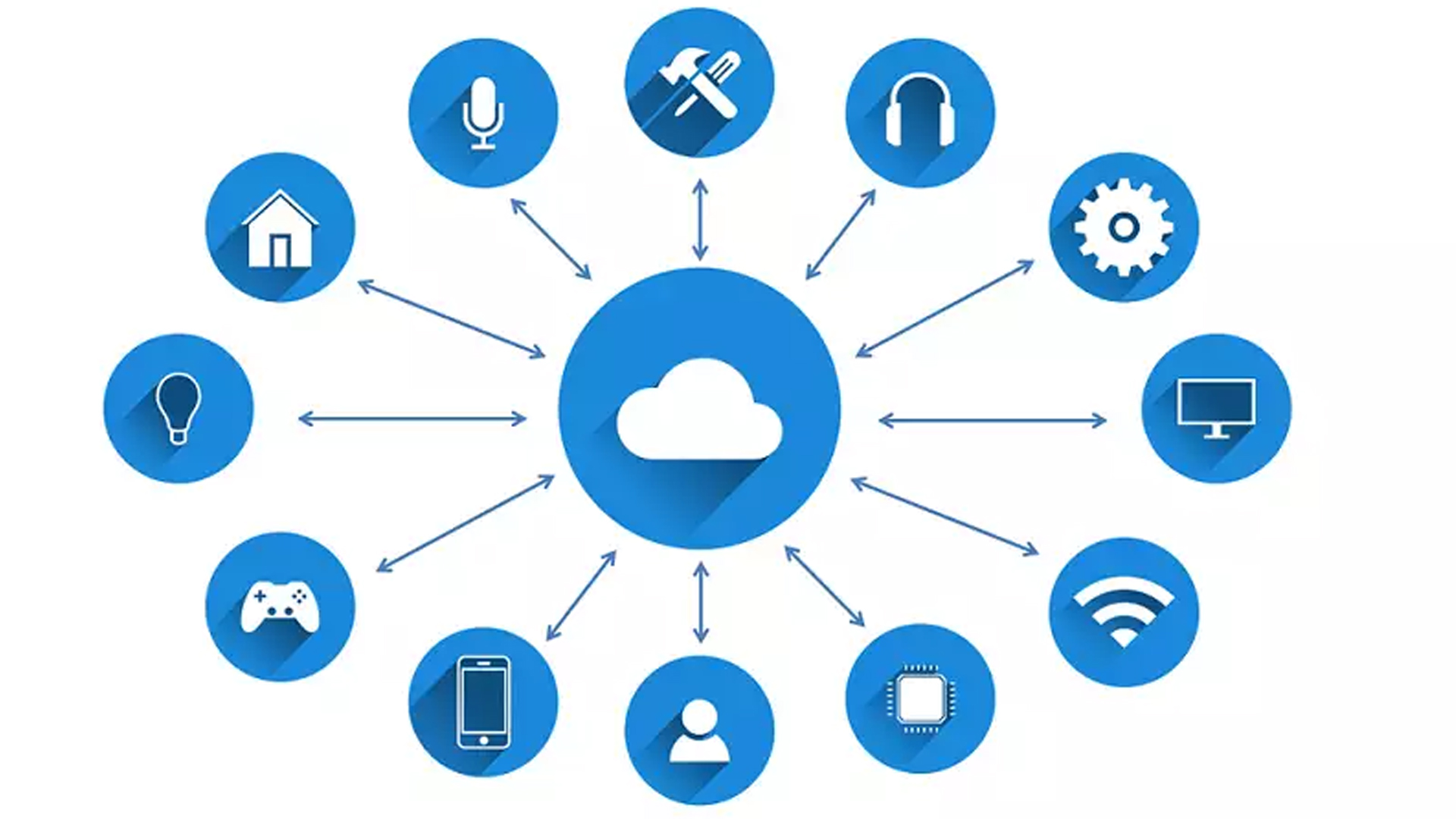Artificial Intelligence (AI) and Machine Learning: Empowering the Future

Introduction
In the digital era, Artificial Intelligence (AI) and Machine Learning (ML) have emerged as revolutionary technologies with the potential to reshape various aspects of our lives. These cutting-edge technologies have gained significant attention due to their capabilities in analyzing vast amounts of data, making informed decisions, and solving complex problems autonomously. As AI and ML continue to evolve, their applications span across diverse industries, from healthcare and finance to transportation and entertainment. In this article, we explore the fundamentals of AI and ML, their current applications, and the potential they hold for the future.
Understanding AI and ML
Artificial Intelligence, as the name suggests, is the simulation of human intelligence in machines. It enables computers and systems to perform tasks that typically require human intelligence, such as visual perception, speech recognition, decision-making, and language translation. AI systems can be broadly classified into two categories: Narrow AI and General AI. Narrow AI, also known as Weak AI, is designed for specific tasks and performs those tasks exceptionally well. General AI, on the other hand, refers to machines with human-like intelligence capable of performing any intellectual task that a human can do.
Machine Learning is a subset of AI that focuses on creating algorithms that enable systems to learn from data and improve their performance over time without explicit programming. Instead of being explicitly programmed for specific tasks, ML models learn patterns and insights from data, enabling them to make predictions, identify patterns, and recognize anomalies. The primary types of ML are supervised learning, unsupervised learning, and reinforcement learning, each with its unique approach to learning from data.
Current Applications of AI and ML
The real-world applications of AI and ML are vast and continue to expand as the technology progresses. Here are some of the prominent applications across different industries:
-
Healthcare: AI and ML are transforming healthcare by analyzing patient data to provide accurate diagnoses, personalizing treatment plans, and predicting potential diseases. AI-powered systems are also being used for drug discovery and medical image analysis.
-
Finance: In the financial sector, AI is utilized for fraud detection, algorithmic trading, customer service chatbots, and credit risk assessment. ML algorithms can analyze large financial datasets to predict market trends and optimize investment strategies.
-
Autonomous Vehicles: AI plays a crucial role in enabling self-driving cars and autonomous vehicles. ML models process data from sensors and cameras to navigate roads, detect obstacles, and make real-time driving decisions.
-
Natural Language Processing (NLP): NLP enables machines to understand and process human language. Virtual assistants like Siri and Alexa, language translation services, and sentiment analysis in social media are all driven by NLP-powered AI.
-
Manufacturing: AI and ML optimize manufacturing processes by predicting equipment failures, ensuring quality control, and streamlining supply chain management.
-
Entertainment: AI-driven content recommendation systems on platforms like Netflix and Spotify use ML algorithms to personalize user experiences and suggest relevant content based on user preferences.
The Future of AI and ML
As AI and ML continue to advance, their potential impact on society and the economy is immense. Here are some key areas where these technologies are likely to shape the future:
-
Healthcare Revolution: AI could revolutionize healthcare by facilitating early disease detection, personalized treatments, and drug development. AI-powered medical devices and wearables could monitor patients' health in real-time, leading to more proactive healthcare practices.
-
Ethical Considerations: As AI systems become more sophisticated, ethical considerations will be paramount. Issues related to bias, privacy, and transparency will require careful attention to ensure that AI is used responsibly and equitably.
-
Increased Automation: AI and ML will automate repetitive tasks across various industries, potentially leading to increased productivity and efficiency. However, there will be a need for reskilling and upskilling the workforce to adapt to the changing job landscape.
-
Advancements in Robotics: AI and ML advancements will drive progress in robotics, leading to more advanced and capable robots. This could revolutionize industries such as manufacturing, logistics, and healthcare.
-
General AI: The pursuit of General AI, or AGI (Artificial General Intelligence), remains a long-term goal. Achieving AGI would mean developing machines with human-level intelligence, capable of understanding diverse tasks and contexts.
Conclusion
Artificial Intelligence and Machine Learning are driving the digital transformation of industries and reshaping the way we live and work. These technologies have already shown their potential in various domains, and their continued evolution promises even more significant advancements in the future. As AI and ML become more prevalent, it is crucial to address the ethical implications and work towards harnessing their power responsibly for the betterment of society. Embracing AI and ML as tools for empowerment and innovation will pave the way for a more intelligent and automated future.
87 0 7
Write a Comments
* Be the first to Make Comment















